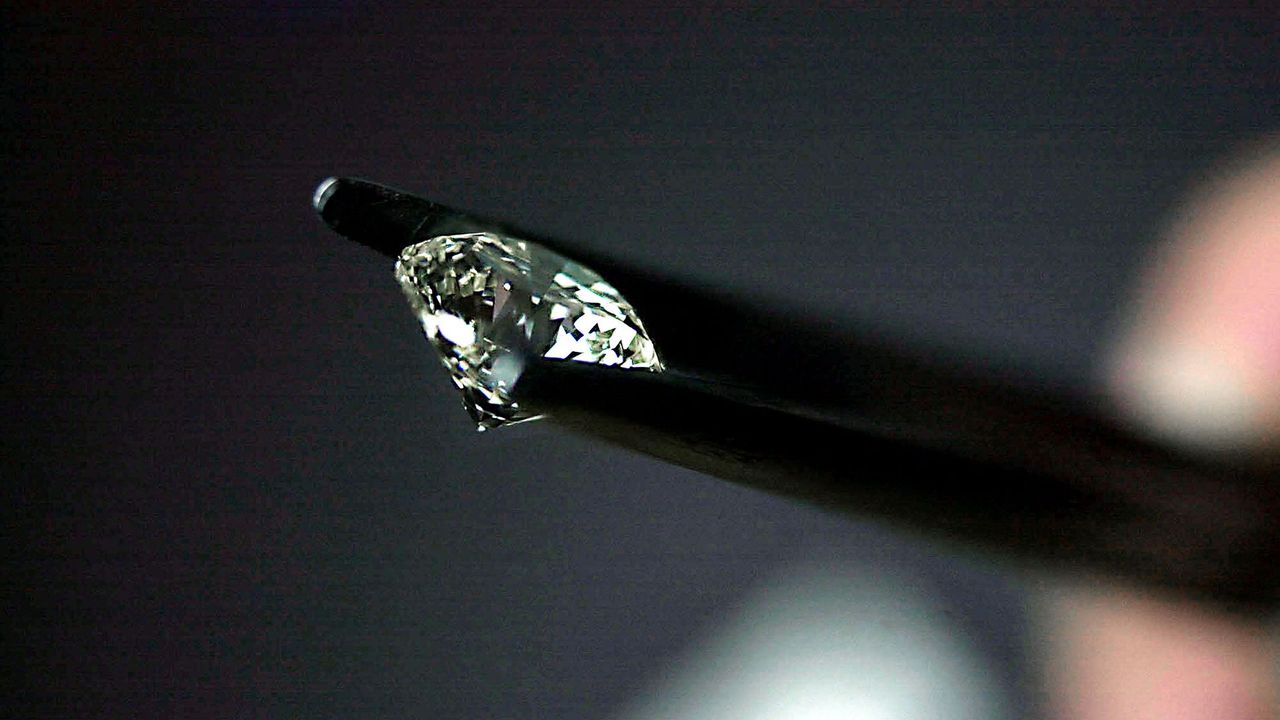When it comes to hpht vs cvd diamonds, two primary methods dominate the industry: High Pressure High Temperature (HPHT) and Chemical Vapor Deposition (CVD). Both methods create diamonds in controlled environments, but they each have distinct processes, benefits, and characteristics. This guide delves into the differences between HPHT and CVD diamonds, helping you understand which method might best suit your needs.
Table of Contents
Understanding Lab-Grown Diamonds
Lab-grown diamonds are created in laboratories using methods that replicate the natural conditions under which diamonds form in the Earth’s mantle. These diamonds are chemically and physically identical to natural diamonds but are produced in a fraction of the time. The two main methods, HPHT and CVD, offer different advantages and result in diamonds with unique properties.
What is HPHT?
High Pressure High Temperature (HPHT) is one of the oldest and most established methods for creating lab-grown diamonds. This process mimics the extreme conditions found deep within the Earth’s mantle, where natural diamonds form. The HPHT process involves creating a high-pressure, high-temperature environment to simulate the conditions of the Earth’s mantle. This is achieved using a press that can reach temperatures of around 1,500°C and pressures of about 1.5 million psi.
In the HPHT process, a small diamond seed is placed in the press along with a carbon source, often graphite. The intense pressure and temperature cause the carbon atoms to crystallize around the seed, forming a diamond. The diamond grows over several weeks. Once the process is complete, the diamond is extracted and cleaned to remove any impurities.
Characteristics of HPHT Diamonds
HPHT diamonds can exhibit a range of colors, from colorless to shades of yellow or brown. They often have fewer inclusions compared to natural diamonds, which can result in high clarity. HPHT diamonds may contain metallic inclusions or other unique features that can sometimes be used to identify them. Due to their ability to closely replicate natural diamonds, HPHT diamonds are used in various applications, including jewelry and industrial uses.
What is CVD?
Chemical Vapor Deposition (CVD) is a more recent method of creating lab-grown diamonds. The CVD process involves using a gas mixture that includes carbon to deposit diamond crystals on a substrate. This process takes place in a vacuum chamber where a carbon-containing gas is introduced. The gas is ionized using microwaves or other energy sources, causing carbon atoms to deposit onto a substrate and crystallize into diamond.
During the CVD process, the diamond grows in thin layers over time. The process is typically slower compared to HPHT but allows for precise control over the diamond’s growth and quality. Once the diamond has reached the desired size, it is extracted and cleaned.
Characteristics of CVD Diamonds
CVD diamonds are known for their high purity and can be produced in a variety of colors, including colorless, pink, and blue. The CVD method allows for the creation of diamonds with fewer inclusions and can produce stones of exceptional clarity. CVD diamonds are often favored for their ability to achieve specific color and clarity characteristics, making them popular in fine jewelry.
Comparing HPHT and CVD Diamonds
When comparing HPHT and CVD diamonds, several factors come into play. HPHT diamonds are known for their ability to closely mimic natural diamonds and may have unique inclusions that are identifiable. CVD diamonds, on the other hand, offer a high degree of purity and can be produced in a range of colors with minimal inclusions. Both types of lab-grown diamonds provide excellent value and quality, but the choice between HPHT and CVD may depend on personal preferences and specific requirements.
Conclusion
Both HPHT and CVD methods produce high-quality lab grown diamonds with their own unique attributes. Understanding the differences between these methods can help you make an informed decision whether you are considering a lab-grown diamond for jewelry or other applications. By choosing the method that best aligns with your needs and preferences, you can enjoy the beauty and durability of lab-grown diamonds.
















